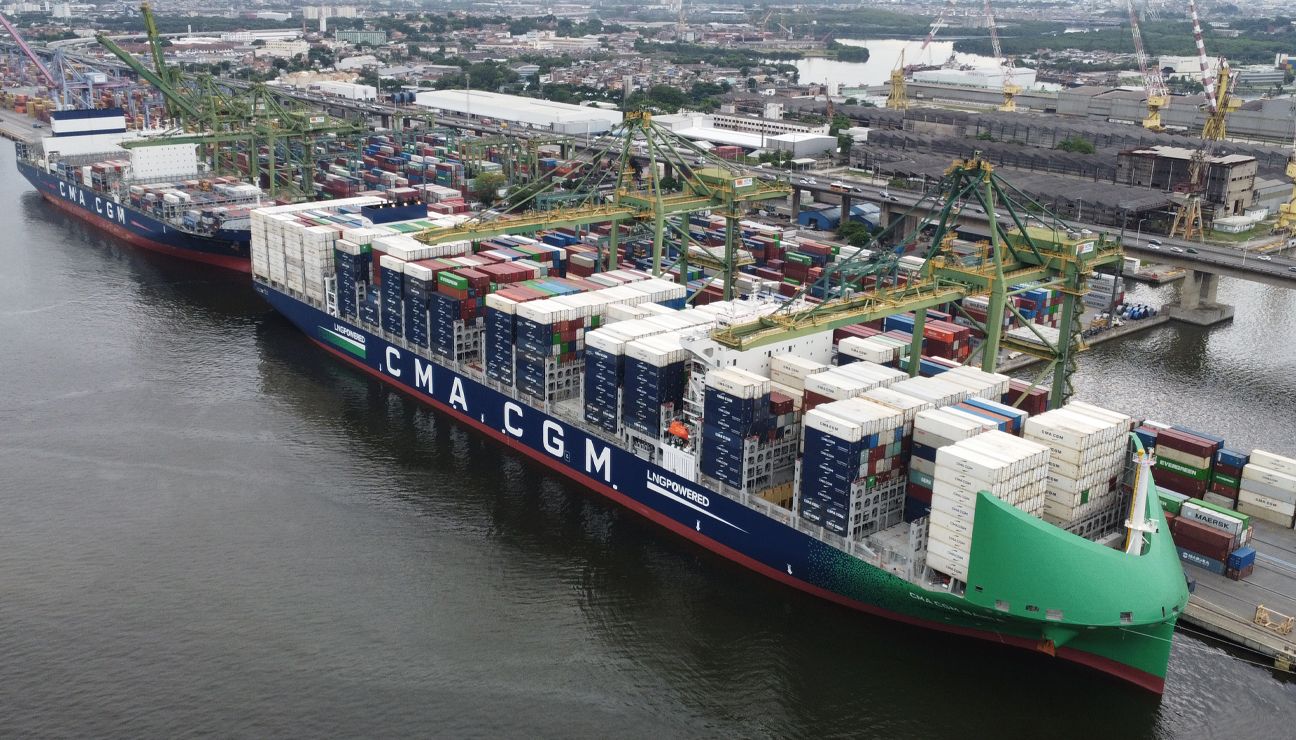
International Container Terminal Services, Inc. (ICTSI) is making great strides in environmental sustainability with the development of its terminal in Bauan, Batangas, Philippines. The facility, scheduled for completion in 2028 and branded Luzon International Container Terminal (LICT), will be the largest private investment in marine terminals in the Philippines. It will become the second largest container facility in the country after the Manila International Container Terminal (MICT).
In addition to expanding its capacity, LICT is expected to contribute to the Philippines’ renewable energy goals, especially in Southern Luzon. With the country’s shift to cleaner energy, the new terminal will meet the growing demand for efficient and environmentally friendly maritime handling solutions in the region.
Nathan Clarke, ICTSI Vice President and Head of Global Infrastructure Engineering and Project Delivery, said: “We are proud to be driving positive change in our country by developing a world-class port capable of handling the largest container vessels. This increases our capacity and helps lead the change towards a more sustainable shipping industry. The ability of our new Bauan terminal to handle large vessels sets it apart and positions us as a leader in efficient and environmentally friendly trade.”
He added: “At the end of the day, if a terminal cannot accommodate larger vessels, it will not be able to fully embrace the new technologies that lead to a sustainable future.”
Commitment to environmental responsibility
ICTSI is committed to building the LICT terminal with sustainability in mind. Every aspect of the terminal’s design and construction will prioritize environmental responsibility. Design and engineering studies are currently underway, and construction is scheduled to begin in early 2025. The project will follow strict environmental guidelines to minimize disruption to the local ecosystem.
ICTSI’s track record of sustainability, evident in its 36 years of MICT operation, serves as the foundation for the Bauan terminal. Over the years, ICTSI has implemented initiatives such as advanced waste and water management systems, circular economy practices, biodiversity conservation programs, and decarbonization efforts to reduce its environmental impact.
Hosting mega ships
A key feature of the Bauan terminal is its ability to accommodate mega-ships, a growing trend in global shipping aimed at increasing efficiency and reducing environmental impact. These larger vessels can carry much more cargo, which offers several environmental advantages.
ICTSI’s new flagship cranes in Manila are now fully operational
One of the main advantages of megaships is that they help reduce the number of ships at sea by carrying more cargo in fewer trips. This translates into lower fuel consumption, lower greenhouse gas emissions and less congestion on shipping routes. For example, ultra-large container ships carrying more than 20,000 containers emit less carbon per container than smaller ships, making them a more sustainable option for global trade.
Green technology in maritime transport
Megaships, such as those that will use LICT, are also adopting green technology to further reduce their environmental impact. Many of these vessels have energy-efficient engines, aerodynamic hull designs to reduce drag, and use cleaner fuels such as liquefied natural gas (LNG). These advances help reduce emissions and meet international regulations such as IMO 2020, which limits the sulfur content in marine fuels.
Larger ships are also more energy efficient. By carrying more containers per voyage, they consume less fuel per TEU, which translates into lower emissions.
Preservation of marine biodiversity
Megaships also help protect marine biodiversity by reducing the number of vessels passing through sensitive areas. Fewer ships mean less disruption to marine life. Plus, larger ships typically follow established shipping routes that minimize environmental impact. Concentrating traffic in a few key ports, rather than many smaller ones, helps reduce overall ecological damage.
One of the main advantages of megaships is that they help reduce the number of ships at sea by transporting more cargo in fewer trips.
Many of these vessels are equipped with ballast water management systems to prevent the spread of invasive species, further contributing to marine conservation efforts.
A sustainable future for maritime transport
As the global shipping industry strives to reduce its environmental footprint, mega-ships, like those calling at LICT, offer a solution. Their ability to move more cargo using less fuel and fewer resources makes them key to the industry’s sustainability efforts. With their green technology, lower fuel consumption and reduced impact on marine ecosystems, these vessels play a crucial role in making the shipping industry more environmentally friendly.
Source: https://reporteasia.com/economia/desarrollo-sostenible/2024/09/13/inversion-ictsi-impacto-ambiental-transporte-maritimo/

